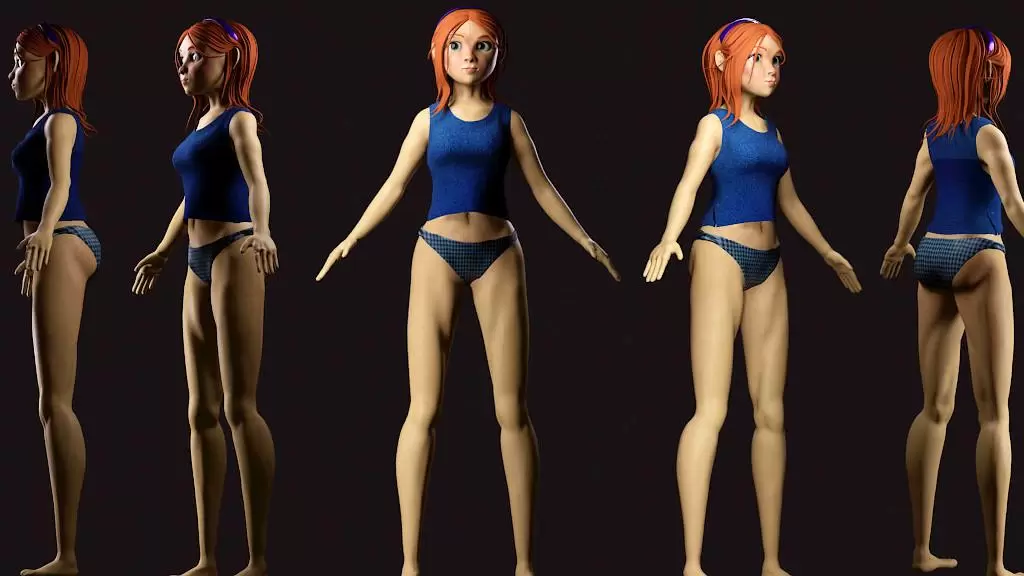
Embarking on a career in 3D character design? This comprehensive guide illuminates 12 crucial steps to success.
From mastering fundamental concepts, honing technical skills, to staying abreast of industry trends, we delve into every facet of this creative, dynamic field.
Designed for those with a hunger for innovation, this guide provides insights into continuous learning and resilience-building.
Let's navigate the intricate landscape of 3D character design together, and shape an inspiring, successful career path.
Understanding the Basics of 3D Character Design
Grasping the fundamentals of 3D character design necessitates a comprehensive understanding of the abstract concept of spatial perception and how it applies to creating realistic, three-dimensional characters. This process begins with a deep dive into character anatomy, a cornerstone of believable 3D design. Understanding the underlying structure and proportions of the character allows for a more realistic and relatable depiction.
In tandem with this, sculpting techniques serve as an essential skill in the toolkit of any 3D designer. Harnessing the power of these techniques enables the artist to craft complex and detailed forms, adding depth and realism to their characters.
Such intricate knowledge of character anatomy and proficient use of sculpting techniques are instrumental in pushing the boundaries of innovation in the realm of 3D character design.
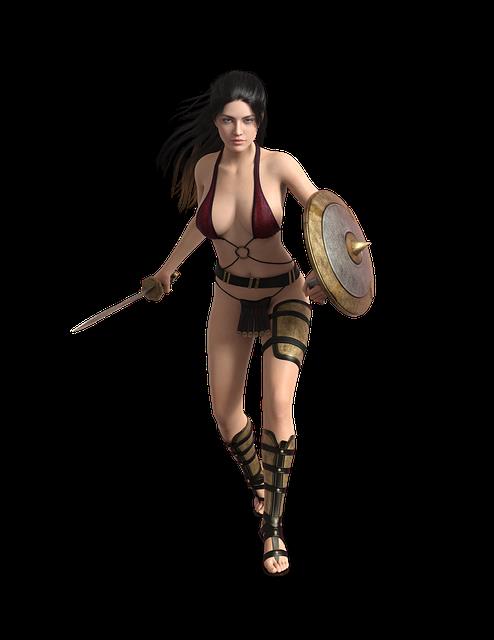
Acquiring the Right Education and Skills
Acquiring the appropriate education and skills in 3D character design necessitates a strategic approach. This includes selecting courses that align with your career objectives, implementing effective skill development strategies, and consistently practicing your craft.
Understanding these three facets can significantly enhance your competence and thus your potential for success in the field.
Choosing Relevant Courses
Embarking on a successful career in 3D character design necessitates the selection of pertinent courses to equip one with the requisite knowledge and practical skills in this dynamic field. Course selection is integral to career guidance, as it sets the foundation for your professional journey.
In choosing the courses, consider:
- Courses that offer comprehensive training in 3D software such as Maya, 3D Studio Max, and ZBrush.
- Modules that delve into anatomy drawing and character sculpting.
- Classes that cultivate an understanding of motion graphics and animation.
- Workshops that enhance your understanding of lighting, texturing, and rendering.
- Opportunities to build a strong portfolio through project-based learning.
These steps will ensure you acquire the right education and skills for a successful career in 3D character design.
Skills Development Strategies
Undoubtedly, a solid educational background is crucial, but it is equally important to continuously hone and update your skills to stay relevant in the ever-evolving field of 3D character design.
Embracing time management strategies is key to allocating appropriate hours for skill development, ensuring a balance between learning and implementing.
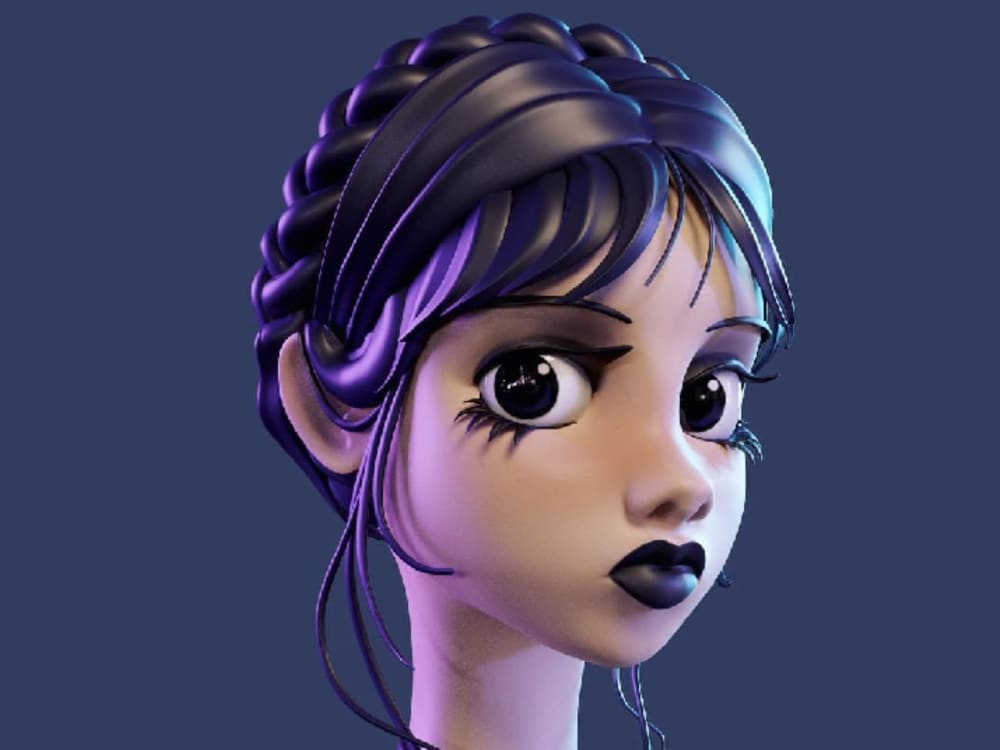
Additionally, leveraging self-promotion strategies can showcase your evolving abilities, attracting potential employers or freelance projects.
Consider enrolling in advanced courses or workshops, focusing on emerging 3D technologies, and employing online platforms for self-learning.
Remember, it's not simply about acquiring skills; it's about applying them innovatively.
Regularly update your portfolio, reflecting your proficiency and creativity, to remain at the forefront of this dynamic industry.
Importance of Practice
The right education and consistent practice are the bedrock of a successful career in 3D character design. Acquiring the right education is pivotal, but equally important is the drive to continually practice, experiment, and enhance your skills. Utilize education to understand the foundational principles of 3D design. Practice regularly to stay in tune with emerging trends. Develop Time Management Techniques to meet project deadlines. Cultivate methods for Overcoming Creative Blocks. Constantly upgrade your skills for innovative design creation.
Practice is the bridge between education and successful implementation. The more you practice, the better you get, and the more innovative your designs become. It's all about honing your skills, staying current, and continually pushing the boundaries of what's possible.
Software Proficiency for 3D Character Design
Navigating the complex world of 3D character design necessitates a solid grasp of various software platforms, each offering unique tools and capabilities.
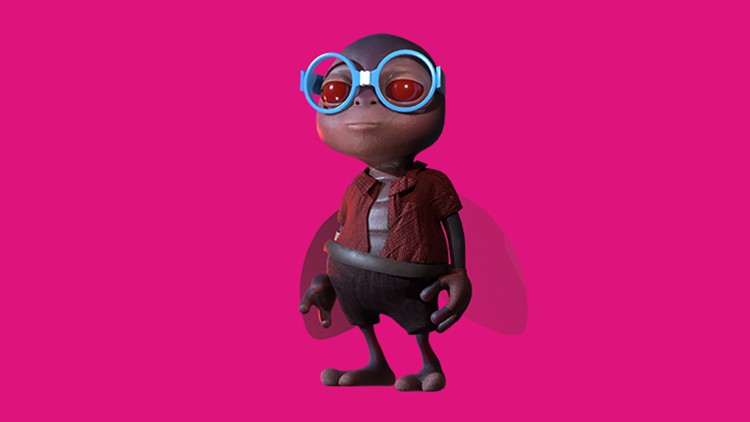
Fundamental to this is the mastery of technical skills, which enables the designer to exploit these applications to their fullest potential, leading to more detailed and realistic creations.
Thus, a thorough understanding of different software, coupled with technical expertise, forms the foundation of a successful career in 3D character design.
Understanding Different Software
Mastery of various software tools marks a fundamental aspect of a successful career in 3D character design. Proficiency in software evaluation and tool customization is crucial as it opens up a wide spectrum of creative possibilities. Knowing the strengths and limitations of different software tools can guide you in choosing the most suitable ones for your projects.
- Autodesk Maya: Renowned for its extensive toolset, ideal for creating detailed, realistic 3D models.
- ZBrush: Exceptional for digital sculpting, allowing intricate details.
- Blender: Highly versatile, open-source 3D creation suite.
- Substance Painter: Specializes in texturing and painting, offering a wide array of brushes and materials.
- Unity: Primarily used for game development, offering robust character animation features.
Each of these tools brings a unique blend of features, proving invaluable in different stages and styles of 3D character design.
Mastering Technical Skills
A 3D character designer's technical prowess, particularly in mastering software tools, forms the backbone of their ability to create compelling and realistic designs. With technological advancements in design, the landscape is ever-changing, requiring designers to continually update their skills.
Proficiency in software like ZBrush, Maya, or Blender is essential. These tools enable the creation of intricate details, adding depth and dimension to characters. Learning to use them effectively can be the key to career progression. Tips include taking relevant courses, practicing, and learning from experts in the field.
Additionally, understanding scripting languages such as Python can automate repetitive tasks, increasing productivity. Therefore, mastering technical skills is not only about software proficiency but also about embracing technological innovation and continual learning.
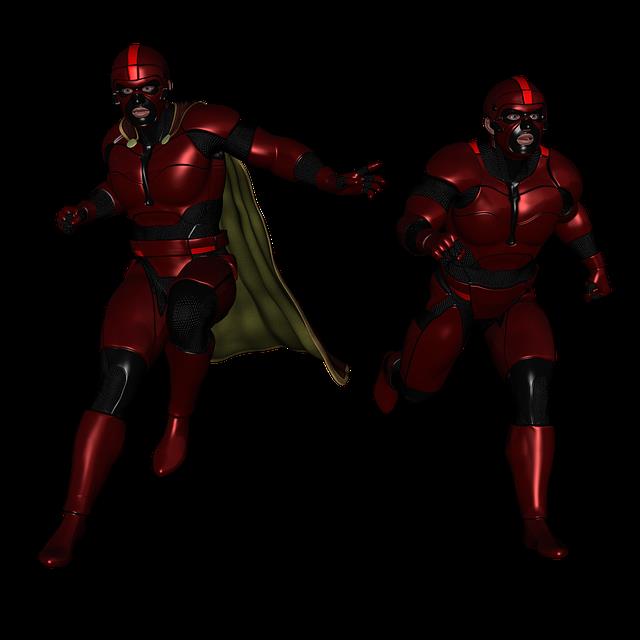
Developing Your Creative Vision
In the realm of 3D character design, developing your creative vision is a fundamental step towards forging a successful career path. Through creative brainstorming, you can explore the depths of your imagination and let your ideas take shape. It is in this process of vision implementation that a unique character begins to come to life.
To hone your creative vision:
- Regularly practice sketching and conceptualizing.
- Keep yourself updated with the latest design trends.
- Seek inspiration from various sources like movies, comics, or nature.
- Experiment with different styles and techniques.
- Constantly critique and refine your own designs.
Mastering the Art of Storytelling
Harnessing the power of storytelling, and effectively integrating it into your 3D character design, is an invaluable skill that can greatly elevate your craft. It's not just about the physicality, but also the emotional depth and narrative coherence that a character brings to the table.
To achieve this, mastering narrative visualization techniques is crucial. It's about crafting a visual narrative that complements and enriches the story being told, where every detail, from the character's expressions to their actions, contributes to the larger narrative arc.
Emotional character depiction is another crucial aspect of this process, where the designer must channel their understanding of human emotions into creating characters that resonate with audiences on a deep, emotional level. It's an art form that requires both technical skill and creative vision.
Building a Strong Portfolio
Regularly updating and refining your portfolio with your best work is a fundamental step towards a successful career in 3D character design. Your portfolio presentation should be strategic and creative, showcasing your ability to innovate in the field. Branding strategies can be implemented to make your portfolio stand out.
Consider the following points to build a robust portfolio:

- Showcase a variety of styles, characters, and scenes to demonstrate diversity in your skills.
- Incorporate detailed technical descriptions of your design process.
- Highlight projects that show innovative problem-solving capabilities.
- Maintain a cohesive, professional design aesthetic throughout the portfolio.
- Include testimonials and accolades, if possible, to add credibility to your work.
Cultivating a strong network within the 3D design community is an instrumental part of developing a successful career in 3D character design.
Fostering community engagement, both online and offline, provides an avenue to share innovative ideas, learn from experienced professionals, and gain visibility.
Engage in forums, workshops, and webinars that are specific to your field. Participate in collaborative projects to showcase your skills and learn from others. These projects not only offer practical experience but also provide an opportunity to create professional relationships.
Utilize social media platforms to connect with like-minded individuals globally.
Gaining Real-world Experience
Building upon your foundational knowledge, the next crucial stage in your career progression involves acquiring practical experience in the field of 3D character design.
Internships offer a structured avenue for honing your skills under the guidance of industry experts, while participating in design contests can provide a platform to showcase your creativity and technical prowess.
Through such hands-on experiences, you can refine your craft, as well as establish a professional reputation within this competitive domain.
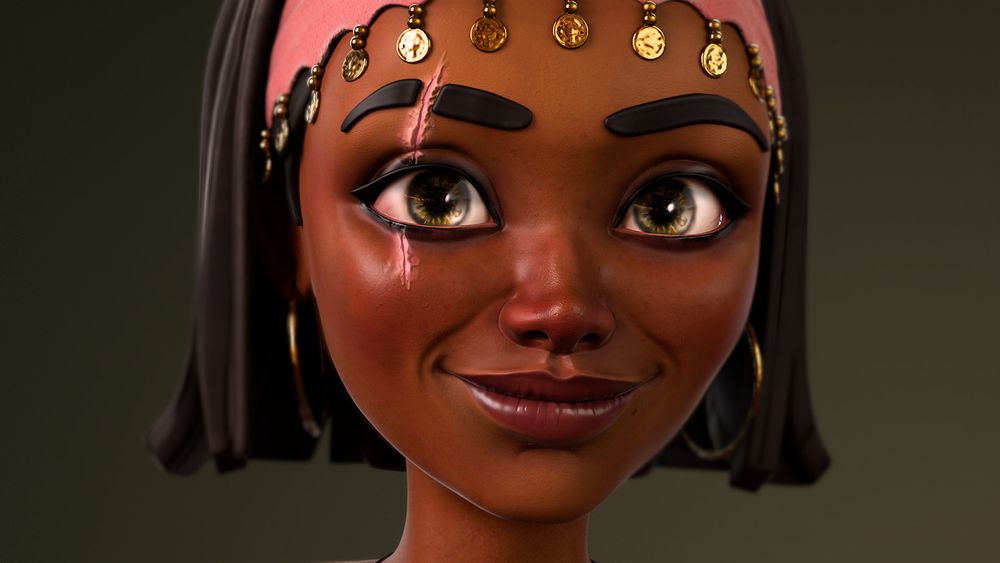
Internships in Design
Securing an internship in the field of 3D character design offers invaluable real-world experience, bridging the gap between academic learning and professional application. These design intern benefits include exposure to cutting-edge software, hands-on project work, and networking opportunities.
When looking for internships, the selection criteria should consider:
- The company's reputation and its focus on innovation.
- The opportunity for mentorship and professional development.
- The scope of work relevant to 3D character design.
- The chance to work on real-life projects.
- The potential for a full-time offer post-internship.
Internships provide a platform to apply and refine your skills, observe industry trends, and make valuable contacts. They serve as stepping stones to a successful career in 3D character design.
Participating in Contests
Participation in design contests provides a platform for showcasing talent and gaining invaluable real-world experience. It also fosters competitiveness, an essential trait for success in the field of 3D character design. Through these contests, designers are exposed to a variety of contest strategies, enabling them to understand the dynamics of the competitive design world, and innovate accordingly.
Participation not only enhances technical skills but also provides an opportunity to learn from the creativity of others, making it a transformative experience. Moreover, peer feedback, a crucial aspect of these contests, offers constructive criticism and valuable insights. It helps in identifying areas of improvement, refining design aesthetics, improving problem-solving capabilities, and fostering a mindset of continual learning and growth.
Therefore, actively participating in contests is a step forward towards a successful career in 3D character design.
Keeping up With Industry Trends
A significant part of excelling in 3D character design involves remaining current with industry trends, as these can heavily influence both the demand and the direction of your work. Trend forecasting is a crucial skill for any designer to master. It allows you to anticipate and adapt to changes in the market, such as emerging virtual reality trends, which are rapidly transforming the realm of 3D design.
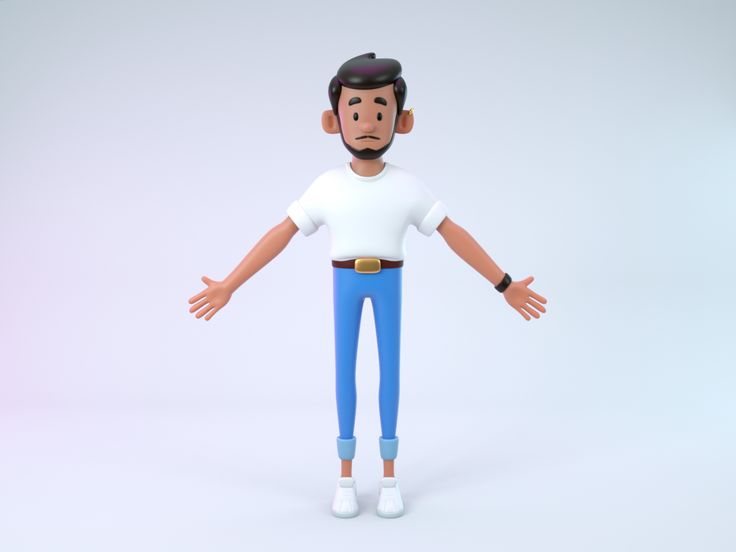
- Stay connected with design communities online and offline.
- Attend industry events and webinars.
- Subscribe to leading design magazines and blogs.
- Regularly update your skills by learning new design software.
- Follow influential character designers and studios on social media.
Enhancing Your Skills Through Continuous Learning
How can one truly excel in the field of 3D character design without a commitment to continuous learning and skill enhancement? The answer is centered on embracing innovative learning platforms.
Online tutorials, for instance, provide a vast reservoir of knowledge, unlocking advanced techniques in shading, texturing, and modeling. They grant the flexibility to learn at your own pace, delving deep into the minutiae of character design.
Similarly, mentorship programs offer a more personalized guidance, tapping into years of industry experience to refine your craftsmanship. These mentors can provide constructive criticism, enabling you to iterate and improve your designs.
Seeking Professional Development Opportunities
Beyond mastering technical skills, pursuing professional development opportunities, such as internships and industry workshops, remains pivotal to your growth in the realm of 3D character design, and it can open doors to networking possibilities. Embrace these opportunities to imbibe fresh perspectives, gain hands-on experience, and deepen your understanding of the industry's evolving demands.
Consider the following avenues for professional development:
Engaging in Mentorship: The benefits include professional guidance, constructive feedback, and exposure to industry insights.
Attending Online workshops: These foster skill enhancement, innovation, and interactive learning.
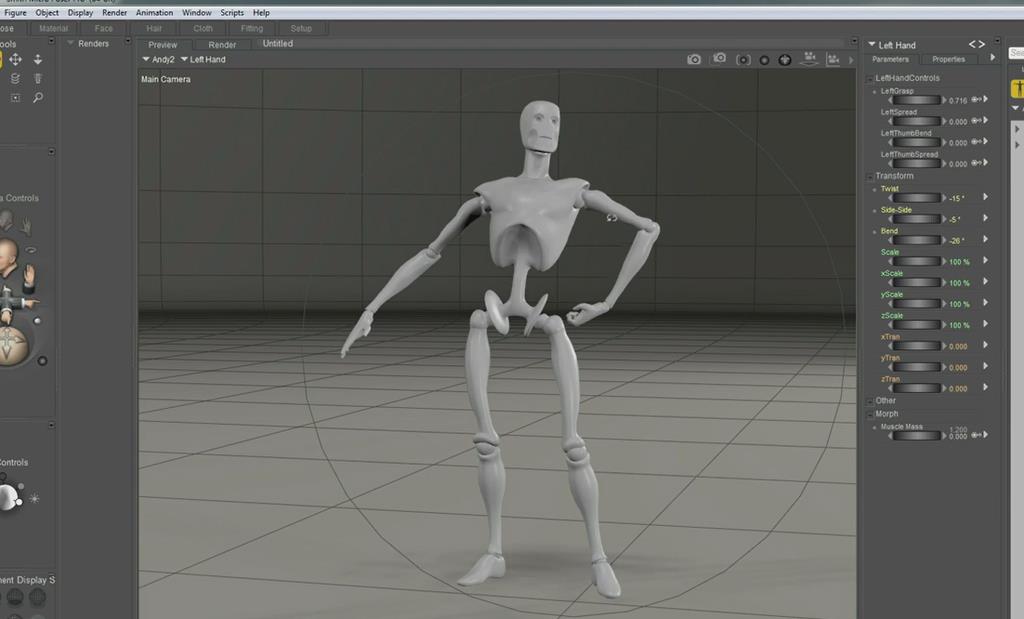
Participating in Industry forums: These offer networking opportunities and knowledge exchange.
Enrolling in Advanced courses: They provide technical depth and specialization.
Contributing to Open-source projects: This demonstrates your skills and commitment to potential employers.
Cultivating Resilience and Adaptability in the Field
In the ever-evolving field of 3D character design, cultivating resilience and adaptability is not just an option, but a critical necessity, ensuring your survival and success amidst changing technologies and industry trends.
A designer with high emotional intelligence can navigate the dynamic environment, making informed decisions, and managing stress effectively. It's essential to stay abreast of technological advancements, industry standards, and design methodologies.
Resilience helps you to remain steadfast in the face of adversity, while adaptability allows you to pivot and innovate, staying relevant in the competitive industry. Stress management strategies are paramount, ensuring mental and emotional well-being, thus fostering creativity.
These traits are not innate, but skills that can be honed with commitment and practice.
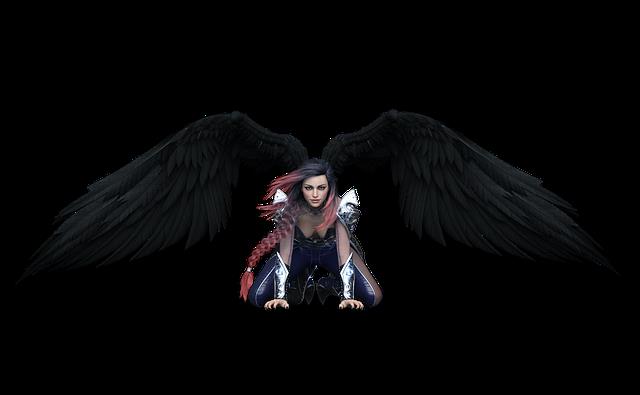
Frequently Asked Questions
What Is the Average Salary for a 3D Character Designer?
The average salary for a 3D character designer varies significantly due to regional pay differences. Effective salary negotiation strategies are crucial. Innovation in skill-set can increase earning potential in this evolving, creative industry.
What Types of Companies or Industries Hire 3D Character Designers?
Various industries such as gaming, film, animation, advertising, and virtual reality hire 3D character designers. Portfolio development and industry networking are crucial for securing positions in these competitive and innovative fields.
Are There Any Specific Health Issues That Can Arise From a Career in 3D Character Design?
Indeed, health issues may arise in 3D character design careers. Ergonomic considerations are crucial as improper workstation setup can lead to physical strain. Additionally, visual strain prevention is essential due to prolonged screen exposure.
Is There a High Demand for 3D Character Designers in the Job Market?
Indeed, the demand for 3D character designers is robust, driven by technological advancements in gaming, animation, and virtual reality. Additionally, freelancing opportunities have expanded, allowing designers to offer their skills to a global market.
What Are Some Challenges That 3D Character Designers Might Face in Their Career?
3D character designers often grapple with challenges like maintaining designing efficiency during complex projects, overcoming creative block, staying updated with evolving technologies, and meeting the high standards of innovation expected in this competitive field.
 Digital Art InstructionDIY Infographics DesignMobile Game ArtworkPersonalized Logo Design3D AnimationeBook Covers DesignPrivacy PolicyTerms And Conditions
Digital Art InstructionDIY Infographics DesignMobile Game ArtworkPersonalized Logo Design3D AnimationeBook Covers DesignPrivacy PolicyTerms And Conditions
